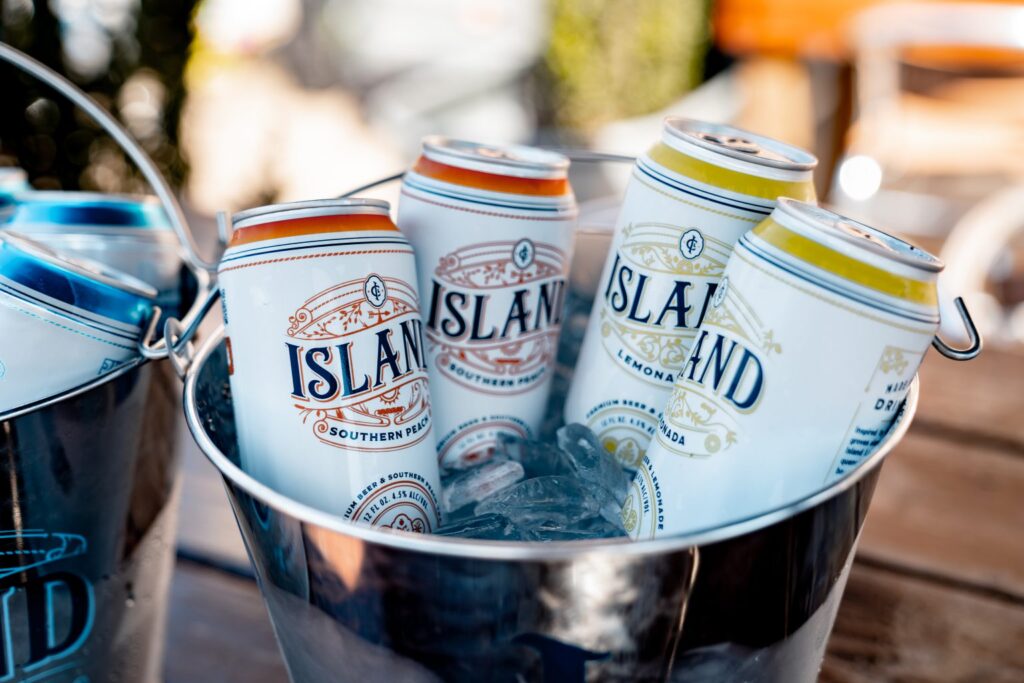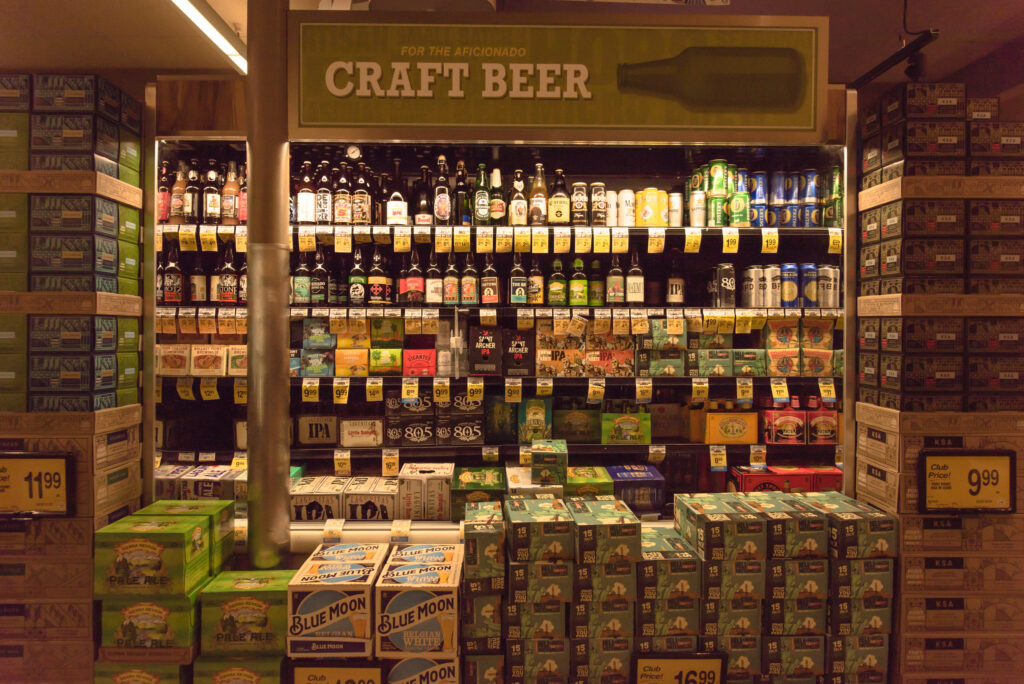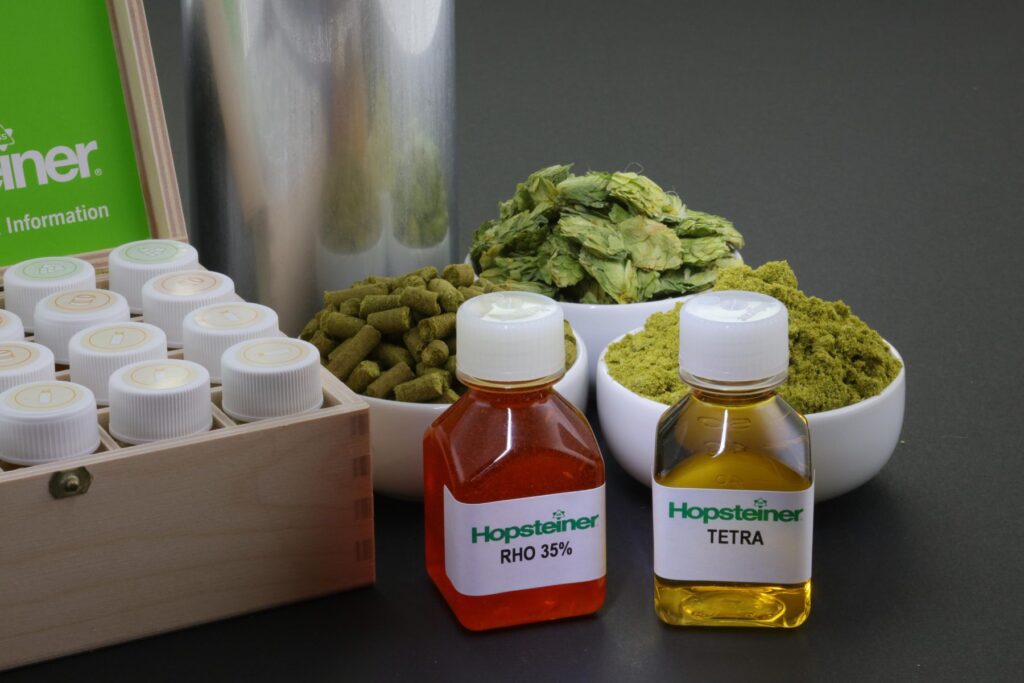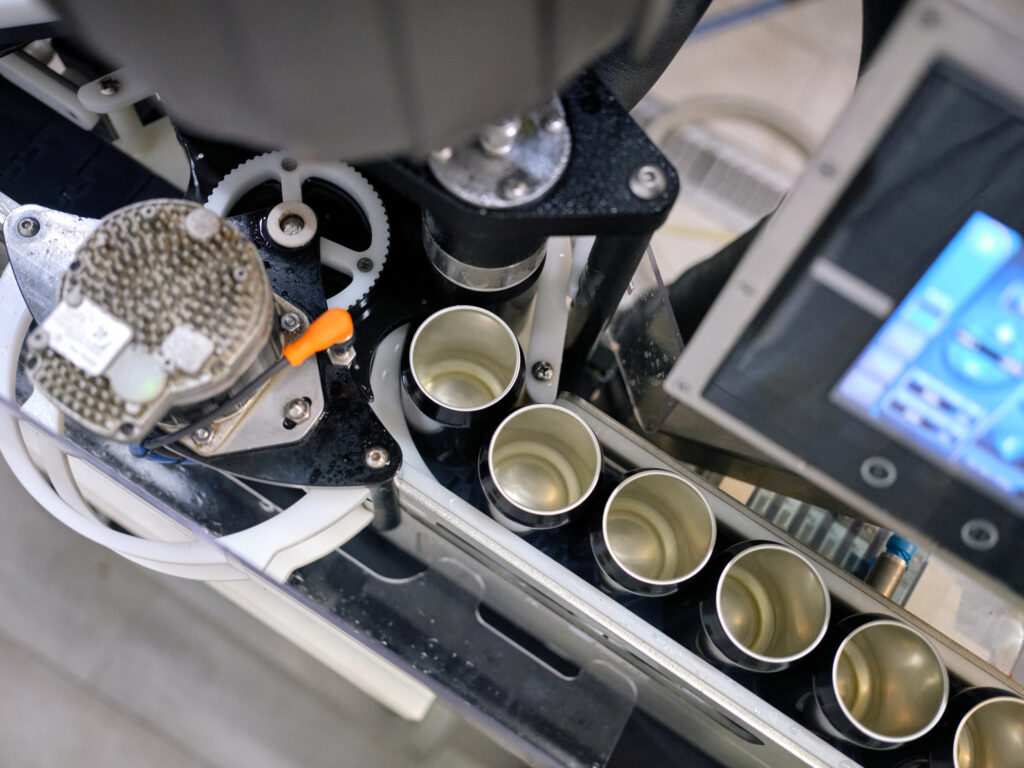
By: Alyssa L. Ochs
Starting a brewery or distillery can typically cost anywhere from $250,000 to $2 million, which is a lot of money to raise if you’re starting your new endeavor from scratch. Craft beverage businesses often need money from outside sources to launch and continue operations, and one potential source to look into is grant money.
Grants can be hard to come by in this industry, but they do exist and can be worth the time and effort of applying for a sizable sum of no-strings-attached cash. If your brewery or distillery is looking for funding to get off the ground, keep going or make an expansion, a grant may be precisely what you need to achieve your goals.
Common Needs and Financing Options
There are many reasons a craft beverage business might seek grant money, such as upgrading a brewing or distilling system, building or expanding a taproom or increasing production capabilities. Grants can also be helpful if you are looking to hire more staff, invest in more eco-friendly approaches or save a struggling business from having to close its doors. During the COVID-19 pandemic, the food and beverage industry saw an increase in grant opportunities to help brewers and distillers stay in business despite public gathering restrictions and government-mandated closures. However, those opportunities were somewhat short-lived and not intended to sustain these types of businesses long-term.
However, grants are just one of the many ways a brewery or distillery might support itself during challenging times. It is possible to solicit donations or loans from family and friends, tap into savings accounts, apply for a Small Business Association loan or connect with professional investors for funding. Mainvest is an example of a specialized investment platform for professional craft brewers. At the same time, crowdfunding campaigns are still popular options for businesses with good outreach skills and a solid social media following. Yet grants are a preferred source of funding in many instances because they do not require repayment but likely just a follow-up report in the future to prove that grantees are putting the funds to good use.
Examples of Craft Beverage Grant Opportunities
Grantmakers typically make their awards in cycles that occur once or twice yearly. The opportunities are ever-changing, so it is up to brewery and distillery owners to keep up with what is available and the relevant deadlines. Some funders offer grants annually, while others are more responsive to urgent needs and step up to help during times of emergency.
For example, the Washington Department of Agriculture Relief and Recovery Grant for Wineries, Meaderies, Breweries, Cideries and Distilleries was a response to COVID-19 and intended to support businesses disrupted by the pandemic because they primarily rely on in-person sales. The money for these $15,000 grants came from a Disaster Response Account managed by the State of Washington Office of Financial Management. Aside from government organizations, some corporations award grants in this industry as part of a commitment to the local community. Yelp recently awarded $25 million in total relief to support independent and local restaurant and nightlife businesses impacted by COVID-19, Amazon started a $5 million Neighborhood Small Business Relief Fund to help small businesses in Seattle with fewer than 50 employees or less than $7 million in annual revenue and Facebook launched its Small Business Grants Program that awarded $100 million in grants and ad credits for up to 30,000 small businesses in over 30 countries. The Restaurants Act was part of the American Rescue Plan Act of 2021 and allowed alcoholic beverage trade groups to specifically include tasting and tap rooms in the definition of establishments that were eligible for grants.
However, one of the best grantmakers to know is the Brewers Association, which regularly awards Craft Beer Research and Service Grants with priorities that include hop and barley research, draught beer quality studies, sustainability-related projects, supply chain programs and applied research opportunities. In a recent year, the Brewers Association awarded 13 of these grants, totaling nearly $400,000. The Brewers Association also awards Diversity, Equity and Inclusion Mini-Grants to support a more well-rounded and welcoming craft beverage industry through media productions, educational trainings and special events.
Meanwhile, breweries and distilleries may benefit from the USDA grant program that the USDA’s Agricultural Marketing Service administers and that supports research projects to improve marketing, transportation and distributed-related services. The USDA’s Value-Added Producer Grant Program is an opportunity for farmers that grow products for distilleries in rural parts of the U.S.
Also, on the distillery side of things, there is the Spirit Hub Independent Distillery Preservation Fund that supports independent distillers and the American Distilling Institute Distilling Research Grant. The Kentucky Distillers’ Association Lifting Spirits Foundation and the Nearest & Jack Advancement Initiative offer additional spirit-related funding and resources.
Early in 2022, the Michigan Craft Beverage Council recommended $335,000 in grant funding for 13 projects related to research and education to advance the efforts for craft beer, spirits, hard cider and wine. The council’s priorities included climate change impacts, pest and disease management, sustainable water use, wastewater discharge projects, new hop varieties and soil health. Meanwhile, Bottleshare Grant Programs has provided emergency assistance to the craft beverage industry for at least 29 breweries, six state guilds and 175 individuals. Bottle Share Inc. is a charitable organization founded by Christopher Glenn and based in Kennesaw, Georgia that supports industry workers and businesses facing adversity and hardship. Other resources to bookmark for potential funding needs in the future are the Michael Jackson Foundation for Brewing & Distilling and the Pink Boots Society New Mexico State University Course for Brewing & Distilling in Belgium and the Netherlands.
Pros and Cons of Grant Funding
Many breweries and distilleries are unaware of grant opportunities that exist due to limited promotion and public awareness but could very well be eligible to submit an application. Yet there are benefits to seeking a grant rather than pursuing other funding avenues. First, grants do not have to be repaid, which is a significant advantage over applying for a loan. However, grant applications can be time-consuming, and eventually getting the money in hand can take a substantial amount of time. Grants don’t typically cover overhead, indirect and administrative costs, yet each opportunity is unique and may focus on a specific project or equipment upgrade. There are not nearly as many grant opportunities in the craft beverage industry compared to the nonprofit sector. But applying for grants can get your business onto the radar of major corporations and foundations, thereby boosting your networking power with local community leaders and influencers.
Some of the biggest names to know for brewery and distillery grants are the Brewers Association, distilling associations like the American Craft Spirits Association and American Distilling Institute and the USDA. State departments of agriculture and restaurant organizations also provide grant funding for the industry, as well as private donors who have personal interests in craft beverages and major corporations with a commitment to niche philanthropy.
Applying for a Brewing or Distilling Grant
A basic internet search can lead you to current and open grant opportunities for breweries and distilleries, although the funding pool is limited, and the competition can be tough. Craft beverage producers should consider getting involved with industry associations and subscribing to publications and mailing lists to be among the first to know about grant opportunities and deadlines.
Aside from funding in response to disasters and emergencies, one of the biggest trends in craft beverage grantmaking is encouraging diversity. These grants often help educate and employ women, people of color and members of the LGBTQ community in this industry. Promoting sustainability and eco-friendly practices is another current funding trend among grantmakers that care about craft beer and spirits.
Although some grants have rolling deadlines and chances to apply at any time of the year, most opportunities have a series of established dates that require applicants to pay close attention. Look into the times when grant deadlines occur before your business even needs funding, just for informational purposes, and mark deadlines on a calendar in case an unexpected need should arise.
If your business is eligible for a grant, read the guidelines closely, including the best ways to contact the funder for follow-up after you submit your materials. As you review grant proposal guidelines, important details to pay attention to include the budget year dates, duration of funding, funding policies and submission process. Use online applications whenever possible to expedite your application, and be specific in your application concerning the project budget and how you will meet measurable goals. In many instances, it is best to introduce your business and an initial description of what you need to a funder before submitting any official paperwork, either by telephone call, general inquiry email or by scheduling an in-person meeting. And if your business is fortunate enough to secure a grant, keep up with reporting requirements in good faith to set yourself up for potential support in the future if and when you might need it.
Grants are just one piece of the puzzle to keep a brewery or distillery operational and successful, but they are oftentimes an underutilized asset that might be just what you need to get by or take a new direction with your beverage business.








